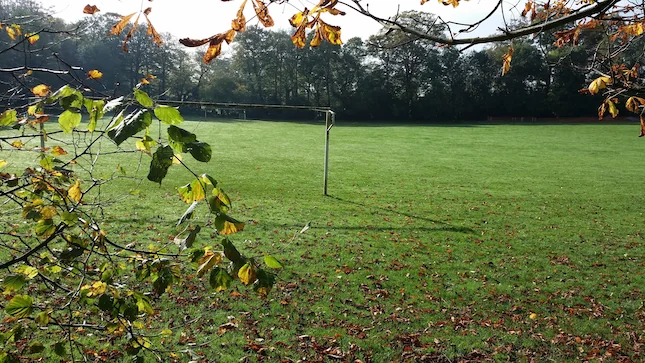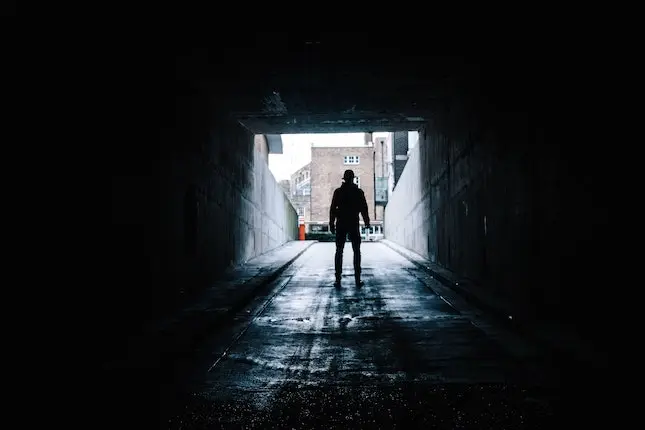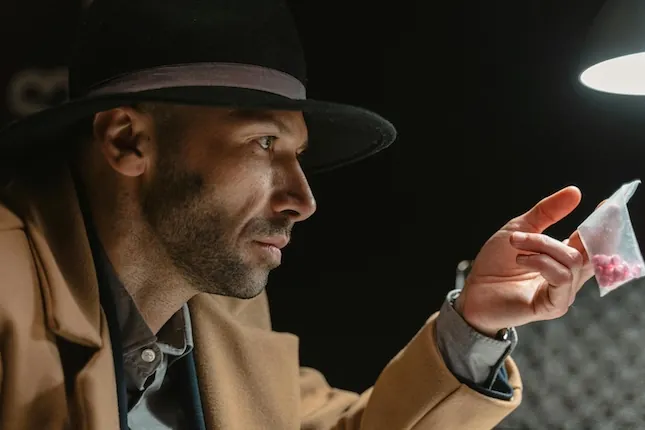Before You Write A Scene

Scene Preparation
Scenes are the building blocks of your story. Each scene moves the story forward. As you build your story alternate between action and reaction. Before you write a scene you need to know the basic structure of the type of scene that comes next in your mystery.
After you’ve written your scene use checklists to make sure your scene meets story requirements.
Two Types of Scenes
You’ll use two types of scenes—action and reaction—to build your mystery. Alternate between Proactive and Reactive to build your story in increments.
First, your protagonist sleuth does something. That’s the action. Then your sleuth has to deal with the consequences of taking action. That’s the reaction.
Both types of scenes incorporate conflict. But, the conflict is different depending on the type of scene. Let’s take a look at the difference.
The Proactive Scene
Challenge your protagonist. I call these trigger scenes. They move the story forward by involving your sleuth in a problem.
- He has a goal.
- She tries to achieve the goal but obstacles challenge her as the scene moves forward
- At the end of the scene, he has a setback
By the end of the scene, the protagonist has not only failed to reach his goal but has a setback that leaves him worse off than at the beginning.
Checklist for the Proactive Scene
- Who is the primary point of view character? Stay with her throughout the scene.
- What is her goal?
- Keep the goal simple for this one small part of the story
- Create the objective of the goal so the reader can visualize the success
- Make the goal worthwhile otherwise cut the scene
- Make the goal achievable in the protagonist’s view
- Make it difficult to achieve
- Create the conflict that keeps your hero from reaching the goal
- Even with obstacles, don’t let the protagonist give up
- Make the obstacle unexpected, but keep it logical within the story
Put your hero or heroine in the worst possible situations as they seek what seems like an obtainable goal at the beginning of the scene.
The Reactive Scene
Now that your protagonist is thwarted, it’s time to give him some space. This scene is where your heroine makes a decision about what to do next.
- Begin with the protagonist’s reaction to what just happened
- Now, get your hero to figure out what his options are. If the setback was significant he may have no apparent options and he needs to look at his dilemma and choose an option.
- In the final portion of the scene, the protagonist must make a decision.
- That decision is the goal for the next scene
Checklist for the Reactive Scene
These are the basic elements to include in the Reactive scene when your protagonist makes a decision.
- Clarify the protagonist’s vision of the problem. She needs to know what the problem is before she can make a decision.
- Keep the reader with the protagonist by visualizing what the character will do next
- The decision for the next action should be in line with your character’s personality and values
- Show how the protagonist sees success from his decision
- Make the decision difficult enough that the reader has doubts about whether your character can do what she decides
Reactive scenes provide a way for your character to make really bad decisions which will create even greater conflict later on. She may be blind to the motivations of another character. He may find that getting into the boardroom isn’t a slam dunk. Reactive scenes are your opportunity to build conflict and tension because the following action scene may be based on a very wrong decision that seemed right at the time for the character.
Why This Scene Structure Helps
Alternating of scenes may seem forced. I know, I was a beginning writer and thought the same way. But my stories went nowhere and lacked tension. Readers want and expect your characters to have problems and overcome obstacles. Unless you are very compulsive, you don’t need to write these lists down. Just know which type of scene you are writing, create the obstacles either to action or decision making, and write the scene.
Conflict physical, psychological, or mental in each scene will keep readers engaged and move your story.
Photo by Anastase Maragos on Unsplash





